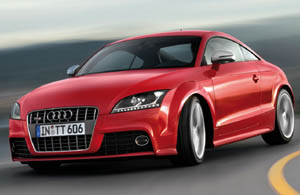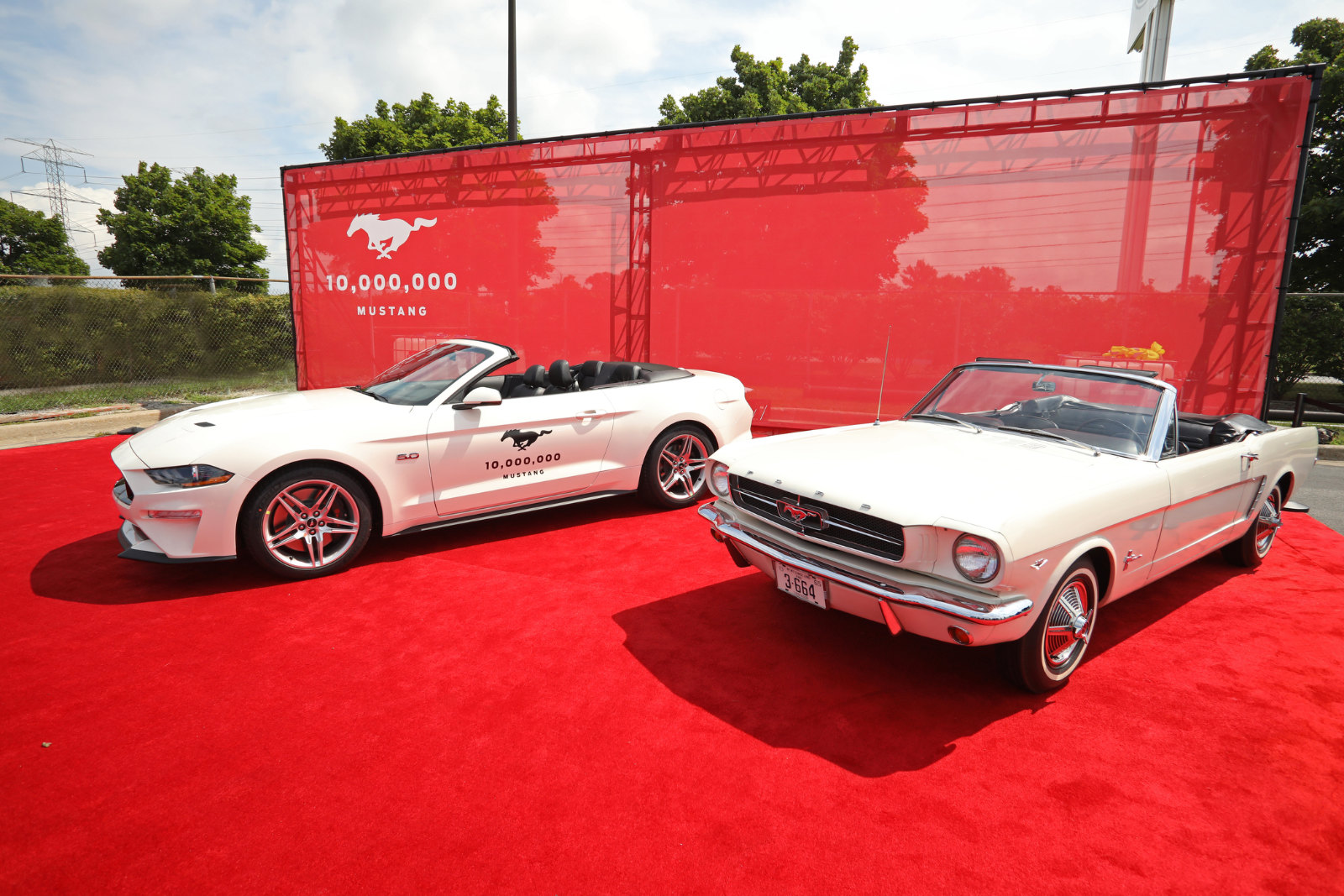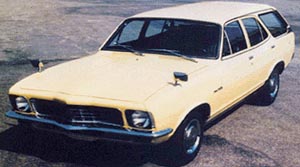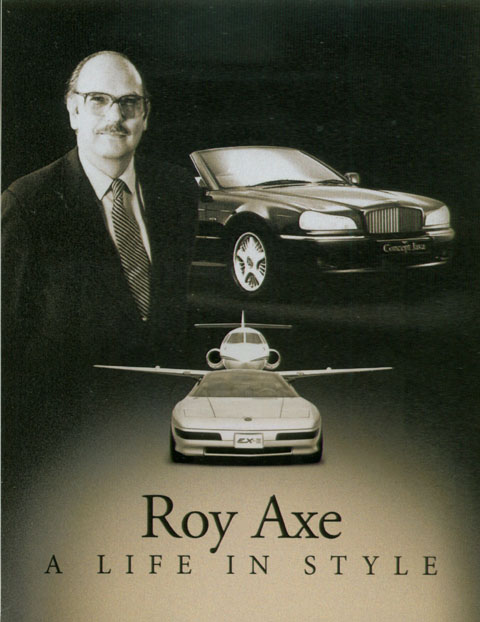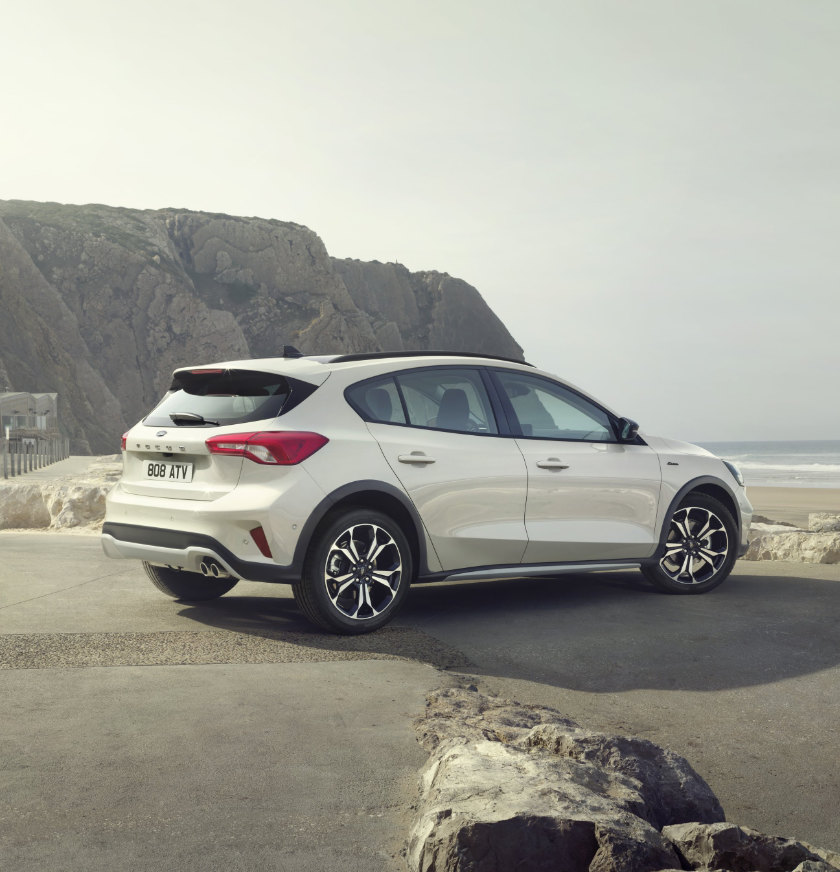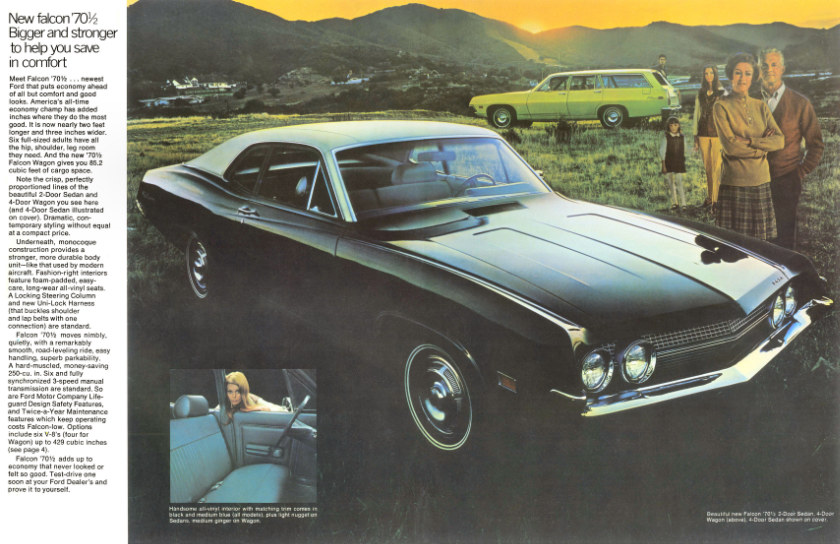
I’m fascinated by the 1970½ Ford Falcon for a number of reasons. The first is the obvious one: rarity. This car was built for only half a model year, from January to August 1970. If you think it looks like a contemporary Torino, you’re right: it’s basically a very stripped-down Torino. Yet you could spec it with any of the engines from the Torino, including the 429 in³ V8 (and some did). Which brings me to the second reason: why would anyone really bother with it, if you could get a Torino for a bit more? (That answers why this car only lasted half a model year.) And that leads me to the third reason: what was going through Ford’s mind at the time? That’s where it gets interesting.
At this time, Ford was undergoing managerial changes, with Henry Ford II firing Bunkie Knudsen (who had been lured away from GM). That happened in September 1969, by which time the decision to go ahead with the Falcon had already been made. This is, in other words, a Knudsen initiative.
Federal regulations made the 1966–70 Falcon obsolete because it had a dash-mounted starter—the rule was that they had to be in the column. However, it’s curious that Ford made this call to put the Falcon nameplate on a mid-sizer, considering it had made its name as an ‘economy’ car (by US standards). If you read the brochure, you’ll find that this was all about size. Ford bragged that the car was 2 ft longer. Yet for this half-model year, it was still marketed as an ‘economy’ car.
I imagine as the US headed into the 1970s, there was no sign of the fuel crisis on the horizon, so there was nothing wrong about size. Why not spoil the average Falcon buyer, used to a smaller car, with something much larger? Hadn’t upsizing already happened on every other model line out there—by this point the Mustang was about to grow into a monstrosity with massive C-pillars and terrible rear visibility?
Ford (and the other Big Four makers) had been known to blow one model line up, then start another little one, and the Maverick had already been launched for 1970, and was now doing the compact work. By that logic, Falcon could grow more, even though other solutions might have been to either replace the Falcon with the Maverick or simply shift the Falcon nameplate to the Maverick—but both would have involved “downsizing”, and in 1970 that was not in the US car industry’s vocab. The panic hadn’t set in yet.
Fourthly, this is a beautiful shape. Unnecessarily big (till you consider it had to accommodate the 429), but a beautiful shape. The 1970s hadn’t really started in earnest, so we hadn’t seen some of the really garish shapes that were to come. This has that 1960s classicism coupled with 1970s uncertainty. There’s still some optimism with jet-age inspiration, but the lack of practicality foreshadowed the style-first, single-digit mpg “road-hugging weight” cars that were round the corner, cars which no one truly needed but Detroit, in its optimism (or blindness), believed Americans did. There’s still something very honest about the last US Falcon. After this, only the Australians and Argentinians kept things alive, but those are other stories.


